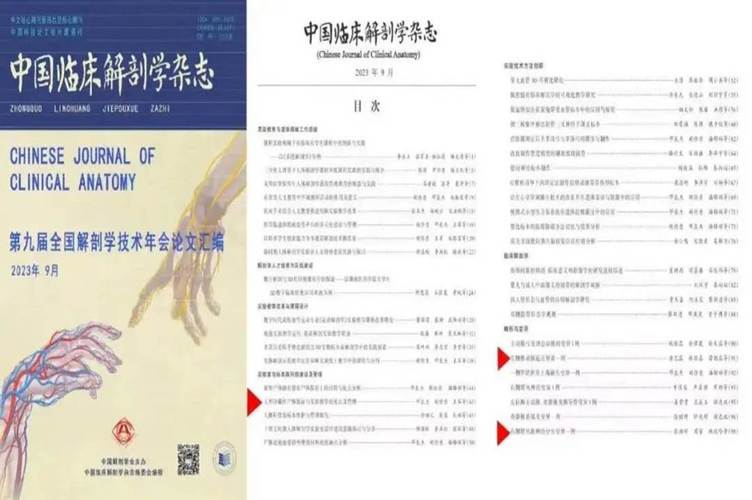vr论文5000字
Title: The Evolution and Future Prospects of Virtual Reality Technology
Abstract:
Virtual Reality (VR) technology has witnessed significant advancements over the past few decades, transforming from a niche concept to a mainstream phenomenon with applications across various industries. This paper delves into the evolution of VR technology, examining its origins, key milestones, and current state. Furthermore, it explores the diverse applications of VR in fields such as entertainment, healthcare, education, and business. Additionally, this paper discusses the challenges and future prospects of VR technology, including emerging trends and potential areas for innovation.
Introduction:
Virtual Reality (VR) technology has emerged as a transformative force, reshaping how we interact with digital content and bridging the gap between the virtual and physical worlds. Initially conceived as a concept of immersive simulation, VR has evolved into a sophisticated technology with applications ranging from entertainment and gaming to healthcare and education. This paper provides a comprehensive overview of the evolution of VR technology, its current applications, challenges, and future prospects.
Evolution of VR Technology:
The concept of VR traces back to the mid20th century, with early experiments in immersive simulation conducted by researchers such as Morton Heilig and Ivan Sutherland. However, it was not until the late 20th century that VR technology began to gain momentum with the development of more advanced hardware and software components. Key milestones include the invention of the first headmounted display (HMD) by Ivan Sutherland in 1968, followed by the commercialization of VR devices such as the Virtuality arcade machines in the early 1990s.
The late 20th and early 21st centuries saw significant advancements in VR technology, driven by improvements in computing power, graphics rendering, and motion tracking. Companies like Oculus VR, HTC, and Sony played pivotal roles in popularizing VR through the release of consumergrade HMDs such as the Oculus Rift, HTC Vive, and PlayStation VR. These devices offered immersive experiences with highfidelity graphics and precise motion tracking, paving the way for the widespread adoption of VR technology.
Applications of VR Technology:
VR technology has found applications across various industries, revolutionizing how we engage with digital content and enhancing user experiences in unprecedented ways. In the entertainment sector, VR has enabled immersive gaming experiences, interactive storytelling, and virtual tourism, allowing users to explore virtual environments and interact with virtual characters in realtime.
In healthcare, VR has emerged as a valuable tool for medical training, patient rehabilitation, and therapeutic interventions. VR simulations offer realistic scenarios for medical students to practice surgical procedures and diagnostic techniques in a riskfree environment. Moreover, VRbased therapies have shown promising results in treating conditions such as phobias, PTSD, and chronic pain, providing patients with immersive experiences to alleviate symptoms and improve outcomes.

Education is another field where VR technology is making a significant impact, offering immersive learning experiences that enhance engagement and retention. VR simulations allow students to explore historical landmarks, conduct virtual experiments, and participate in interactive lessons, fostering a deeper understanding of complex concepts across various subjects.
In the business sector, VR is being used for training, collaboration, and product visualization. Companies are leveraging VR technology to simulate work environments, conduct virtual meetings, and prototype products in a virtual space, reducing costs and accelerating the design process. VRenabled training programs also offer employees handson experience in highrisk scenarios, improving safety and efficiency in the workplace.
Challenges and Future Prospects:
Despite its rapid growth and widespread adoption, VR technology still faces several challenges, including issues related to hardware limitations, content development costs, and user comfort. Highend VR systems require powerful hardware and may be prohibitively expensive for some consumers, limiting accessibility and adoption rates. Furthermore, creating highquality VR content requires significant investment in resources and expertise, posing barriers for developers and content creators.
However, ongoing advancements in VR technology, such as the development of standalone headsets, wireless connectivity, and haptic feedback systems, are addressing some of these challenges and expanding the potential applications of VR. Moreover, emerging technologies like augmented reality (AR) and mixed reality (MR) are blurring the lines between the physical and digital worlds, creating new opportunities for immersive experiences and interactive storytelling.
Looking ahead, the future of VR technology holds immense promise, with continued innovation driving new applications and expanding its reach across industries. From healthcare and education to entertainment and beyond, VR is poised to reshape how we interact with technology and experience the world around us.
Conclusion:
In conclusion, virtual reality technology has evolved from a conceptual idea to a transformative force with widespread applications across various industries. From immersive gaming experiences to medical training simulations and virtual collaboration tools, VR is revolutionizing how we engage with digital content and interact with the world around us. While challenges remain, ongoing advancements and innovations in VR technology are paving the way for a future where immersive experiences are not only possible but also accessible to all. As we continue to push the boundaries of what is possible in virtual reality, the potential for transformative impact across industries is limitless.











